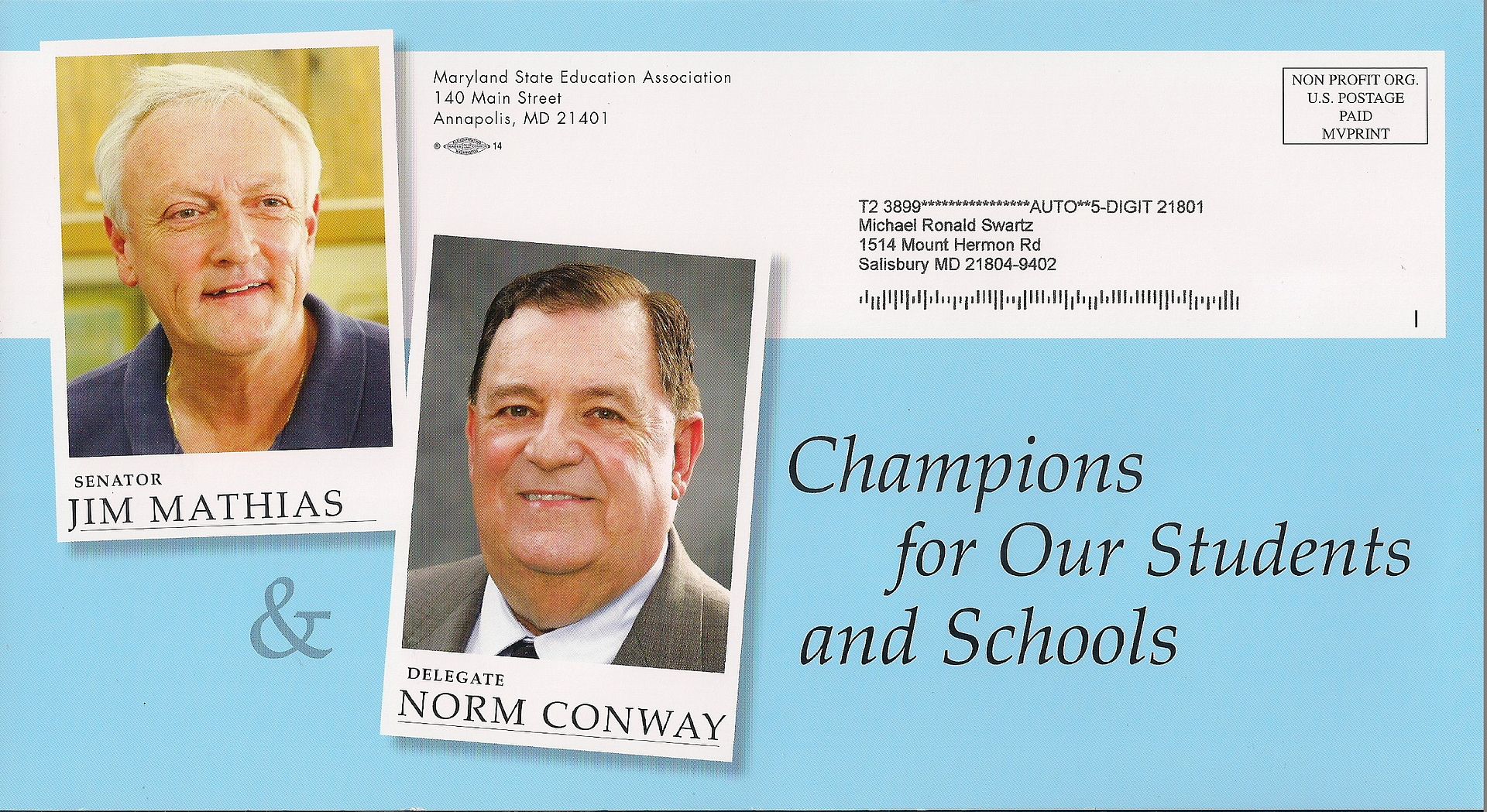By Cathy Keim
Hello to the monoblogue readers! I am happy that Michael has agreed to have me join him on monoblogue from time to time. My interests are varied, as are Michael’s, but I can assure you that I will not be stepping on his toes by writing about baseball or the local music scene! I do hope to bring up topics for discussion and perhaps share ideas of ways to improve the situation or to take action.
My core interests are life and family, as I believe that we each are created in the image of God. We have unalienable rights from our Creator of life, liberty, and the pursuit of happiness. The family is the best way to equip our citizens to function in our republic.
To that end, I spent over twenty years homeschooling my five children until they went away to college. I took their education, both academic and moral, as a serious endeavor. Now that they are launched, I have time to work on my interests in other ways, such as writing about policies that affect our community and families both nationally and locally.
Last week I was at the 26th annual Educational Policy Conference presented by the Constitutional Coalition in St. Louis, Missouri, a forum where many issues were addressed, including Common Core. The speakers pointed out serious problems with Common Core, from the data mining concerns to the unbalanced history standards and the frustrating math.
I hope to cover some of the different areas over my first few posts, but first I wanted to mention Brion McClanahan, PhD, who took us on an historical romp to explain one reason why our representatives in DC do not listen to us. (As a small world note: Dr. McClanahan graduated from Salisbury University in 1997 with a B.A. degree in History.)
When our Founding Fathers were working on the design of our government, they originally decreed there be 40,000 people per each representative in Congress. George Washington intervened and got the number reduced to 30,000 to 1 because he felt that 40,000 was just too many. As the country grew, new representatives were added until the Congress capped it at 435 representatives. Because of that cap, here in the First Congressional district in Maryland we have 662,000 citizens for one congressman. No wonder it is hard to get your voice heard!
Our Federal government was designed to handle a limited amount of responsibilities such as national defense, but with the wildly expanded government overreach not only do we have Congressmen representing on average 735,000 citizens, but they are also legislating in a myriad of areas that they should not be touching.
If, for example, we returned education to the states and preferably to the county level, then we would have a greater opportunity for community oversight. In every organization there comes a point when it becomes so large that it can no longer function effectively. It is extremely difficult to make one size fit all when you become a country as immense as ours. Hence, my lack of enthusiasm for Common Core stems from my skepticism that we will be well served by anything that unwieldy, as much as my innate repugnance to the many egregious problems embedded in the standards.
One of the more disturbing topics was “Data-mining Your Child: Building and Using the Psychological Dossier.” Jane Robbins, an attorney and senior fellow with the American Principles Project in Washington, D.C., explained how Common Core is about attitudes, mindsets, and dispositions, and not about educating your child. The goal is to track each child from pre-school until they enter the workforce so they will know how their minds work. The Federal government is prohibited from having a national student database so they are doing an end run around that by having each state build an identical system. The system is designed to track social and emotional learning rather than academics because that is more important for creating a good worker.
As one parent noted, the schools are now teaching what used to be taught at home and we now teach our children what the school taught. Teachers are assessing students’ attitudes towards learning, cooperation on the many group projects, whether the student is frustrated while learning, and many more subjective measurements which result in hundreds of data points for each child each year. Teachers are not trained social workers or psychologists and are not prepared to assess subjective opinions on each student that can then potentially be used inappropriately. The data is not protected for privacy by HIPAA-style laws. And although we are told that the data is stripped of identifying markers, we also know that it is impossible to collect thousands of data points on each student over many years without being able to track it to assure that it goes into the correct student’s file.
So, here we have one more blog post about the horrors of Common Core. What can you do about it?
You can make your complaints known loudly and clearly to every person you meet. Explain the problems and concerns that you have. Let’s educate those around us so that they can understand what is at stake for their children and grandchildren. At the federal level, inform your Congressman and Senators that they need to remove themselves from the education business. Since this is the beginning of the Presidential primary season, we need to be pushing the candidates to take a stand on Common Core. For example, Jeb Bush is a big mover behind Common Core. Make that stick! There are plenty of parents that are upset about Common Core – let’s use that anxiety to mobilize parents to demand that the federal government get out of education.
Governor Hogan said during his campaign that he wanted to put a pause on Common Core. However, Maryland State Superintendent of Schools Lillian Lowery is a supporter of Common Core. To opt out of Common Core, Hogan would have to replace enough state school board members to vote Lowery out of the superintendent position. Additionally, Maryland is a member in the Partnership for the Assessment of the Readiness for College and Career (PARCC), one of the two consortiums created to make tests for Common Core. He has to state within five months of taking office if he plans to continue his predecessor’s commitments, so the clock is running. If we want to stop Common Core in Maryland then the citizens are going to have to push very hard to make certain the governor takes on all this heavy lifting. No politician is going to exert themselves unless they have huge pressure forcing them into action, especially when the money and power is on the Common Core side.
The best chance we have to stop Common Core on a federal level is to make it a huge issue in the presidential primaries and on the state level we must give Governor Hogan the cover he needs to take on a behemoth that has already entrenched itself in our school system over the past two to three years.






